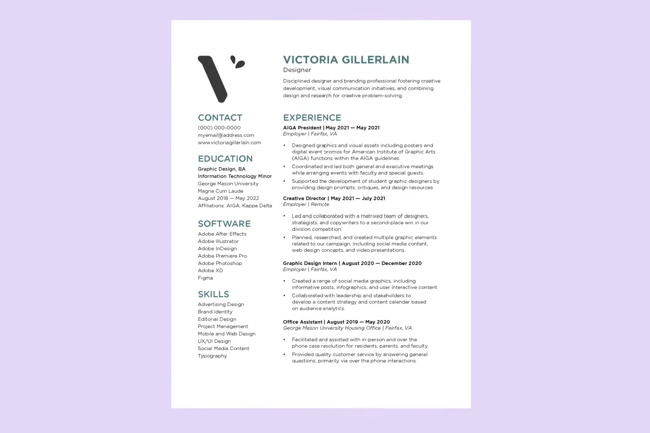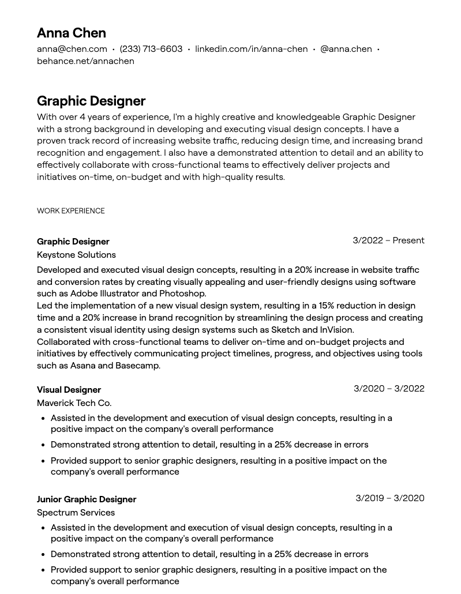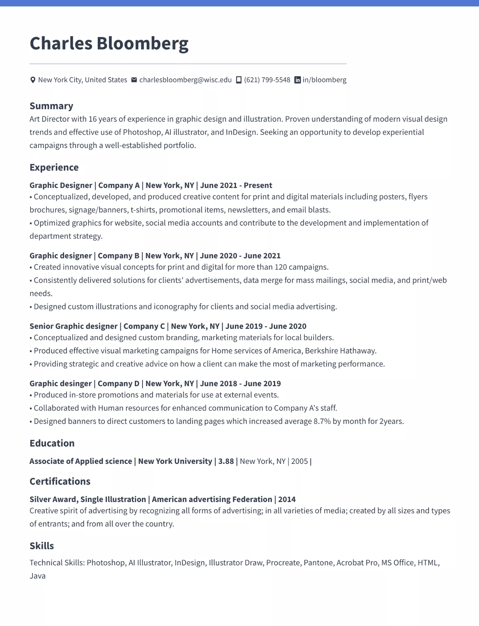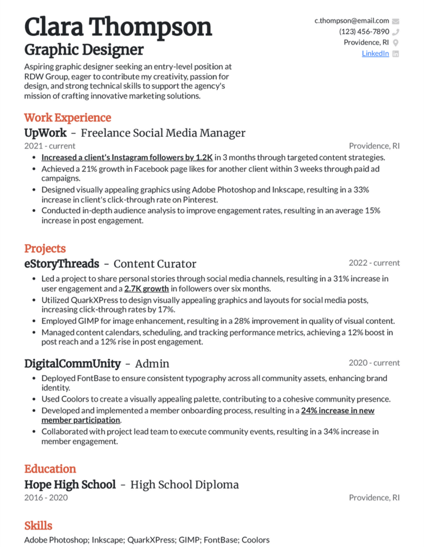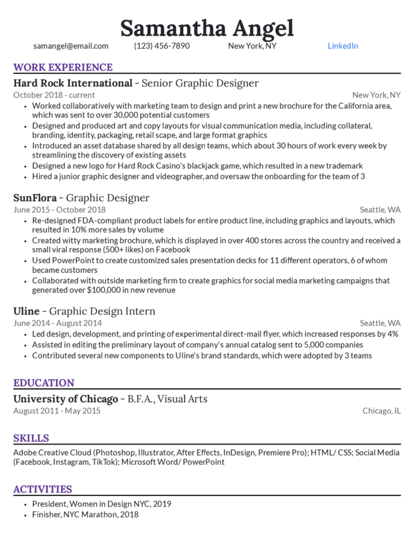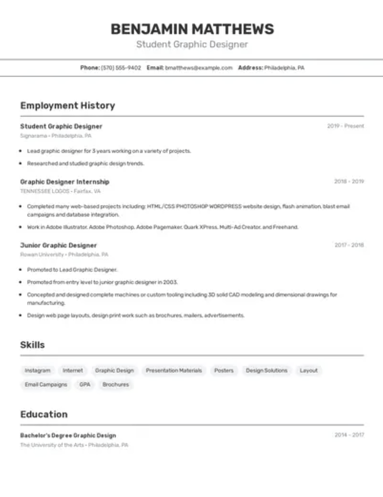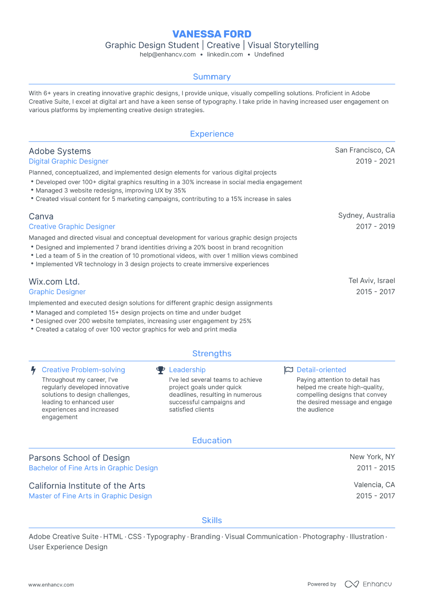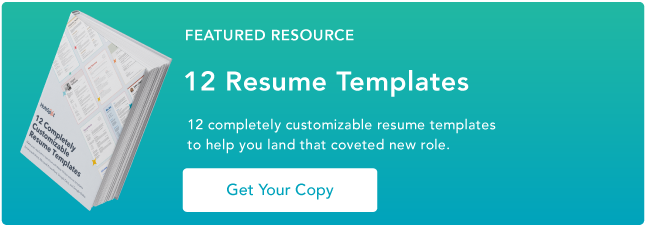Whether you’re a business owner or a sales rep, you’re always pitching your services, telling potential clients what you offer as succinctly as possible. Trust me, I’ve been there myself, trying to sum up my copywriting business in as few words as I can. That’s where the business one-pager has come to my rescue.
I’ve created presentations about what I do and have a full website dedicated to my business. But, when potential clients need answers fast, I pull out a one-pager — my value proposition boiled into one hard-hitting page.
If your business is missing this helpful tool, don’t worry. I’ve done the leg work to help. You can see eight of my favorite business one-pagers. Then, I’ll discuss how you can make your own step-by-step and share a template to make the process easy. Let’s get started. You can boil your pitch down to one hard-hitting page that grabs attention and gets to the point.
What is a one-pager?
A one-pager is a document that summarizes an offer, process, concept, or policy in around 250 words. Its purpose is to capture the reader’s interest and leave them wanting more. It aims to compel the reader to take action, such as scheduling a call, visiting a website, or signing a contract.
That being said, one-pagers aren’t just for selling. They can also be educational tools. When sharing knowledge, the crisp, engaging format grabs attention and helps readers retain key information.
The Anatomy of a One-Pager
Your one-pager should be tailored to your specific goals. For example, my one-pager focuses on my writing services and a crash course into neuromarketing, a field I specialize in. That would be wildly different than the one-pager for a SaaS company or a wedding cake bakery.
Regardless, no matter the business, there are seven essential elements that must be in each one pager. I’ll share each of these components below.
- Company logo. Include your company logo prominently on the page. This small image reinforces your brand and ensures readers know who is behind the offer.
- About. Provide a brief elevator pitch that covers who you are, what makes you unique, and why readers should care. This section should pique their interest in the main content on the sheet.
- Problem statement. Open with the problem you‘re solving. For sales one-pagers, speak directly to your customer’s pain points. If you‘re courting investors, describe the niche you’re filling. For an internal one-pager, provide a high-level roadmap of what’s to come.
- Features and benefits. This section is where you highlight your unique value proposition. Clearly outline the key features and benefits of your product, venture, or concept. Keep it short. Focus on the most essential points.
- Social proof. Use social proof to back up your claims with evidence. Include client testimonials, industry stats, or awards to reinforce your credibility and build trust.
- Call to action. Include a clear call to action that leaves no doubt about what the reader should do next, such as calling, visiting your website, or taking the next step in the process.
- Contact info. Provide clean, clear contact information (website, email, phone, social media) at the bottom of your one-pager to ensure leads can easily get in touch with you.
While all of this information is essential in your one-pager, how you design the sheet will vary wildly. If you work in a buttoned-up, formal industry, you may opt for texts and clean graphs only. If your readers are busy, an infographic may be a more skimmable way to share information.
Download our one-pager business template now to communicate your vision clearly and effectively.
How to Make a One-Pager for Your Business [+Template]
Now that we know what goes into a one-pager, I’ll share the process of making one step-by-step. We’ll also work through the process using a one-pager template from HubSpot.
In my example, I’ll make a one-pager for a fictional puzzle subscription company — Puzzle Me This. I’ll share the value proposition for this business all on one page as a way to attract potential buyers.
1. List out the basics.
We discussed seven elements you need in your one-pager above. You’ll also need to condense your mission into short headlines, your value proposition into a brief overview, and your problem statement into a few sentences.
Before I start putting my one-pager together, I like to sit down and list it all out. That involves gathering my assets (like my logo) into a folder and writing out the text I want to include in an unformatted Google Doc.
Let’s take a look at HubSpot’s template. We’ll need to gather the following:
- A logo.
- An about section.
- A mission statement and overview.
- Information about products or services.
- Contact information.
- Information about the problem, solution, and market.
- More about the product’s competitive edge and strategy.
- Two photos.
- A QR code that leads to our website.
For my sample puzzle business, I gathered all of the information into one folder. That involved creating an unformatted Pages document with all of my text. Having all of the pieces compiled cleanly will make formatting my document easier.

2. Consider your value proposition and look ahead.
Your one-pager will need to show what makes your offering unique and how it stands out. You’ll need to clearly outline the problem you’re solving and preview how your solution addresses it.
You may even Define your target audience and speak directly to their needs and pain points.
From there, I recommend looking ahead. This is especially true if you’re pitching your business to investors. They’ll get a sense of what they can expect from you in the future.
Let’s circle back to Puzzle Me This. There are a few different subscription boxes on the market. However, my business focuses on picking the perfect puzzle for the person so they don’t have to choose one themselves. Beyond that, I want to partner with independent artists, so I made sure to highlight that in my one-pager.

3. Get designing.
Now that you have all of the pieces ready, it’s time to start designing. How you lay out your one-pager will depend on your industry and the access that you have to graphic design talent. If you have a designer on staff, you may ask them to create a custom layout on your behalf.
However, templates like this one from HubSpot make the process easy for everyone. I used the template for the Puzzle Me This example. I was able to get everything filled out in minutes. The longest part of the process was crafting the perfect text.

One-Pager Examples
One-pagers can be helpful for all types of businesses, so they vary widely in how they look and are presented. Taking a look at well-designed one-pagers can help you get inspired when you create your own. So, let’s dive in!
1. Business One-Pager

Looking to create a one-pager with stats to back up your value proposition? This template from Awware has you covered. Text-heavy sections that cover the company’s missions, values, and progress can be found on the left side. Icons and all-caps make headings jump.
The right side focuses on data. Readers can see how the company performs at a glance, giving the impact of the business nice visual leverage. I also like how the template makes use of a consistent color palette to avoid clutter.
Pro tip: Incorporate storytelling, social proof, and value to demonstrate why your business is a strong potential partner.
2. Product One-Pager

Product one-pagers focus on the specs of a specific offering. What makes them different than alternatives, what are the core features, and what’s the price point? A product one-pager should answer these questions.
The one-pager above showcases a console that’s coming soon. I like that this example has a timeline of when the product is expected to hit the market. Beyond that, the console’s features are condensed into easy-to-skim bullet points.
Pro tip: Font size can help you navigate your reader’s attention. Put the most important information, like pricing and release date, in larger font.
3. Marketing One-pager

Marketing one-pagers are internal documents that align teams. They are snapshots of critical elements like logos, brand colors, fonts, voice, goals, and customer personas. If you are launching a new campaign, a one-pager ensures messaging, visuals, and tone remain consistent with your brand.
The one-pager above focuses on a video marketing campaign. The sheet specifies what the project is for, its objective, and then the branding elements that will be used in the video. As a marketer, this sheet would make it easy for me to understand what the team wants and how to make it.
What I like: If you have a specific vision, make the content of your one-pager specific as well. This page lists out the filters, adjustments, and hex code of the color palette.
4. One-Pager Pitch

One-pager pitches are beneficial for project managers with new initiatives and consultants competing for contracts. Use this document to capture the attention of your audience and pique their interest. A well-crafted one-page pitch document can increase your chances of landing that coveted client.
The one-pager above pitches a marketing consultancy. I like how this page keeps the value proposition simple. There’s a quick blurb about what the organization can do, then images of the people on the team. This helps create a personal touch.
Beyond that, I like how the team lists out recommendations for a successful partnership. This level of transparency creates a sense of trustworthiness.
Pro tip: Do you have impressive statistics? Feature them in your one-pager.
5. Startup One-Pager

For startups, a one-pager is your ultimate elevator pitch. Whether you’re seek funding, networking, or brand promotion, this document showcases your scrappiness. Startup one-pagers cover the essentials: a compelling pitch, team expertise, market insights, and a clear call to action.
The one pager above compiles all of the information an investor might need at a glance. The company’s value proposition and mission statement are boiled down into headings. In a few brief paragraphs, you can understand where the startup is at in its development and what’s coming next.
Pro tip: Include extra punches like media attention or social proof to validate your idea and details about your investment stage.
6. Sales Rep One-Pager

Some sales one-pagers are made for reps to help them more effectively communicate with prospects. The above one-pager lays out the different costs of each insurance plan. It also coaches reps on how to work with different types of customers.
Pro tip: Highlight your unique value proposition in this compact yet impactful piece, positioning your offering as the solution they’ve been seeking.
7. Sales One-Pager

A sales one-pager summarizes the key aspects of your company, product, or service in a single, brief document. It aims to engage potential customers by clearly demonstrating how you can address their challenges and encouraging them to take the next step in the sales process.
I like how the post above showcases the target market for the data agency’s services. This short customer persona makes it clear who would benefit from this offering.
Pro tip: If you’re looking to summarize all that you offer quickly, include a conclusion section in your one-pager.
8. Event One-Pager

A compelling event one-pager can be an invaluable tool for capturing the attention of your target audience and ensuring a successful turnout, whether you’re hosting a conference, seminar, or corporate gathering.
This one-pager specifically focuses on sponsors, so all elements of the sheet speak directly to that audience. Your event will likely need multiple types of one-pagers for each audience you hope to reach.
Pro tip: Your one-pager should go beyond the basics. Whether it’s a lineup of renowned speakers, exclusive networking opportunities, or cutting-edge industry insights, the one-pager should entice readers.
Tips for Creating Effective One-Pagers
Stuffing information on one page doesn’t guarantee success. Below, I’ll share some pearls of wisdom I’ve gathered from making one-pagers in the past.
Be concise and audience-focused.
A one-pager must strike a balance between impact and readability. Brevity is key. This asset should be concise. Tailor your language and content to your specific audience. Avoid corporate jargon when addressing customers, but prioritize numbers and data when pitching to investors.
Elevate your one-pager with strategic formatting.
Pay attention to formatting elements that make your one-pager easy to read. Embrace white space to create a visually appealing layout that avoids clutter and allows your content to shine. I also recommend crafting a compelling headline that captures your reader’s attention and communicates the core value of your offering.
Tell a cohesive story.
Like any good narrative, your one-pager should have a distinct beginning, middle, and end. Each component should seamlessly connect, guiding your reader through a clear and engaging story. The cohesive flow keeps your audience interested and reinforces your main point.
Consider how your one-pager will be distributed.
Adhere to the “one” in one-pager. Stick to a single side of a standard 8.5 x 11″ page. Using this format ensures easy physical and digital distribution.
Speaking of distribution, think creatively. While one-pagers make excellent handouts, explore sharing the content on your website, social media channels, or even as an email newsletter, ensuring your audience receives it through their preferred channels.
Boost Your Business With a One Pager
We live in a fast-paced business world, so grabbing your audience’s attention and getting your message across is crucial. One-pagers are great for showcasing your business, product, or event in a concise, engaging way.
Use our one-page business template to get ahead. With this template, you’ll be able to create a professional and persuasive one-pager in no time.
![]()


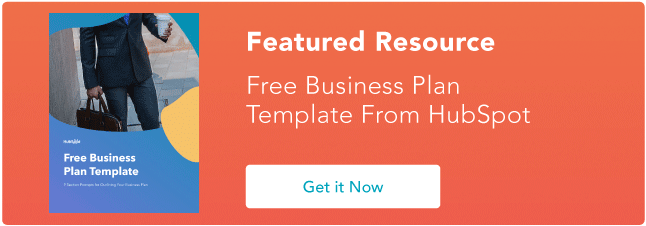

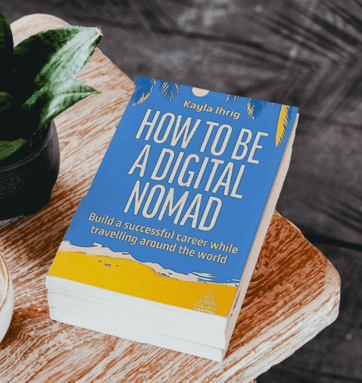
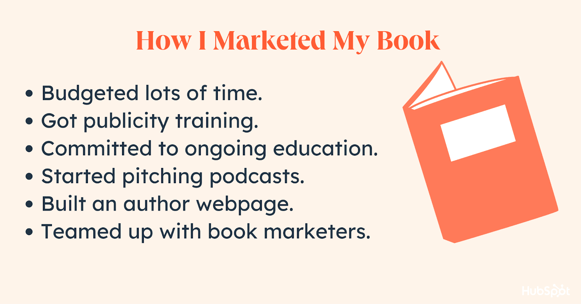
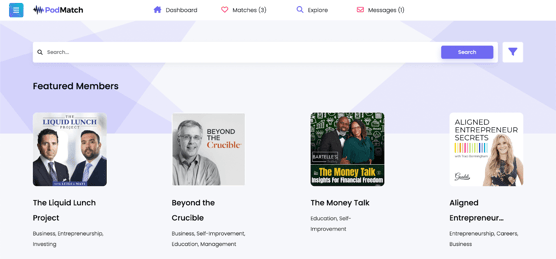
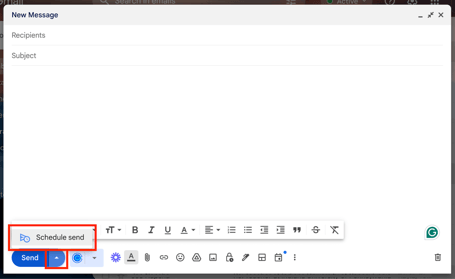

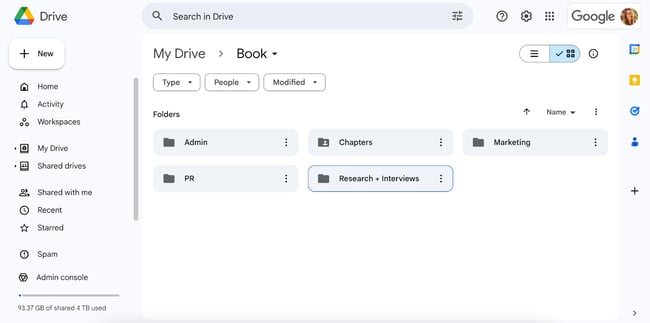
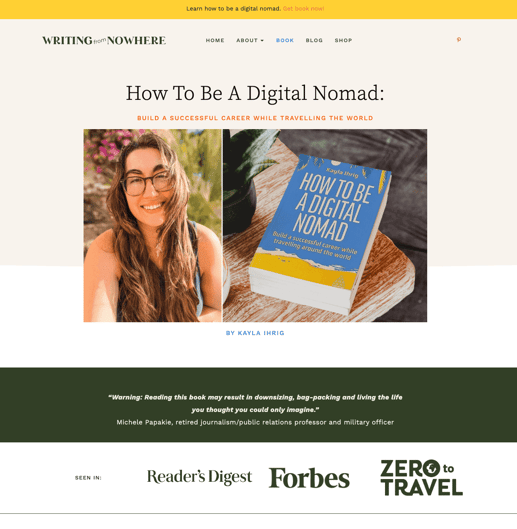
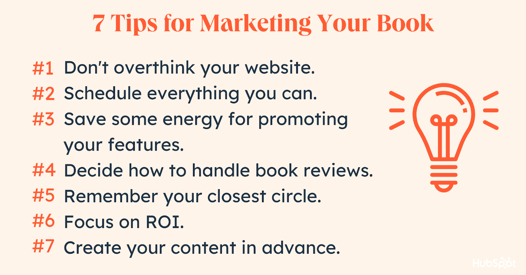
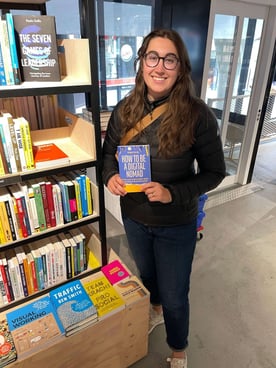
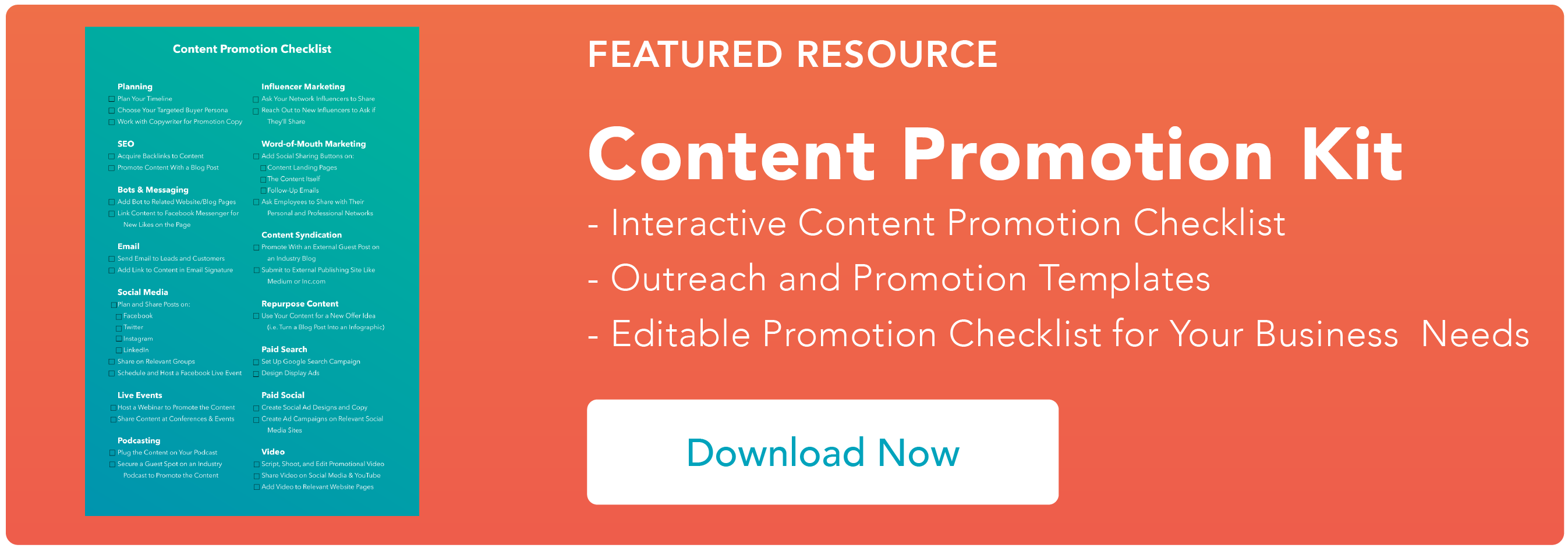
![Download Now: The State of U.S. Consumer Trends [Free Report]](https://i4lead.com/wp-content/uploads/2024/05/ebf9ec8e-a468-455a-943e-80aa4e6be694-3.png)
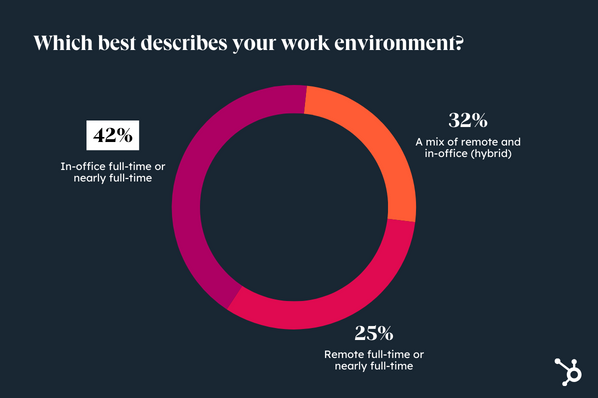
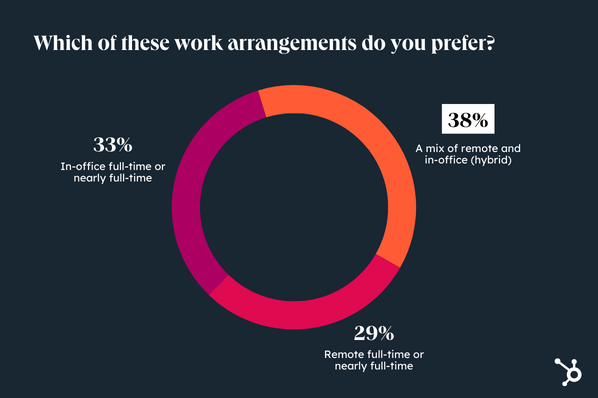
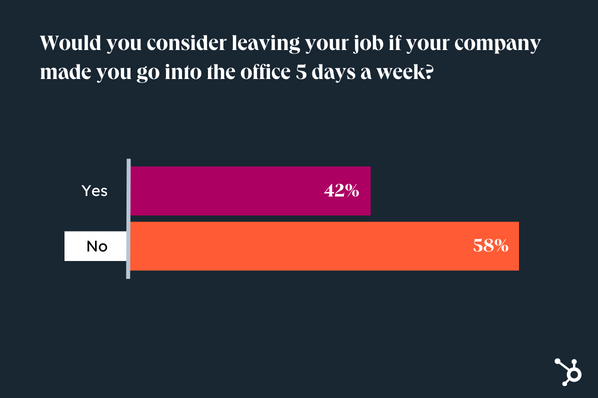
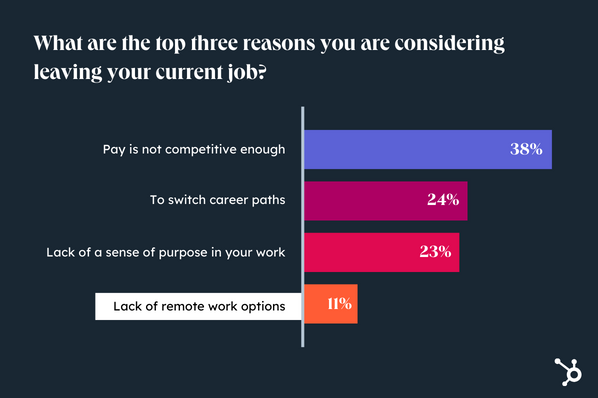

![Download Now: The State of U.S. Consumer Trends [Free Report]](https://i4lead.com/wp-content/uploads/2024/05/ebf9ec8e-a468-455a-943e-80aa4e6be694-2.png)
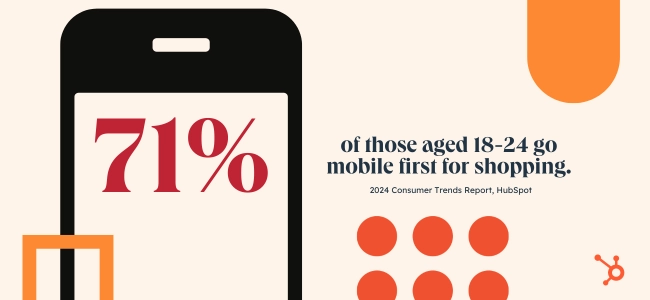
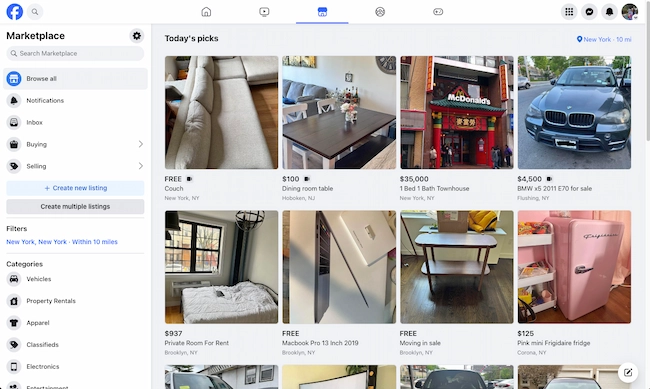
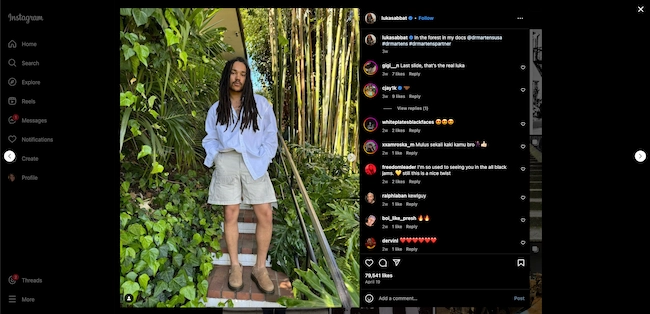
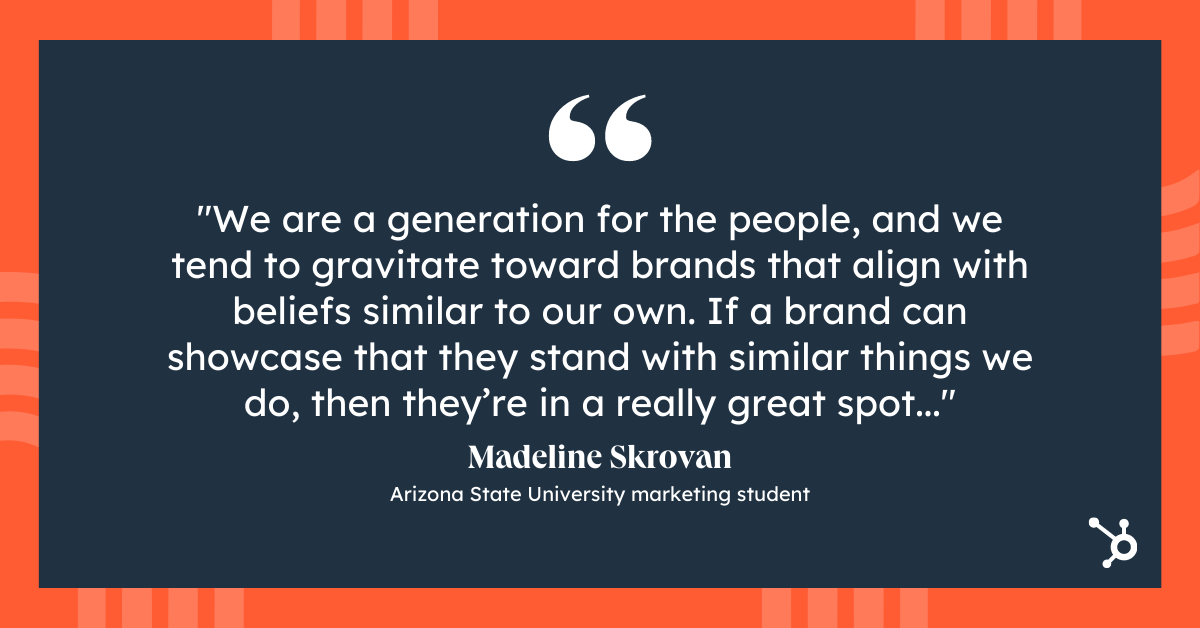
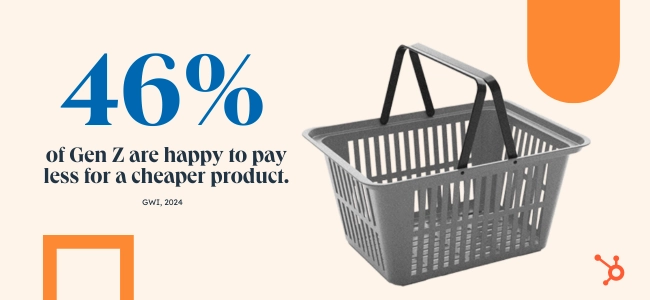
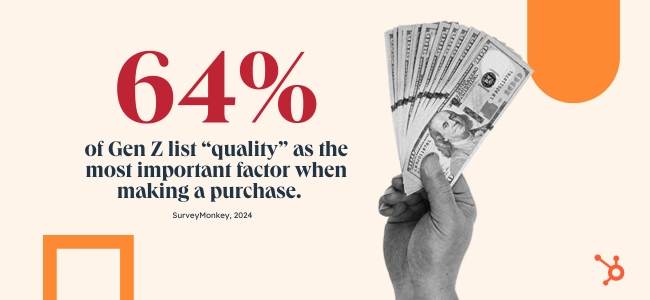
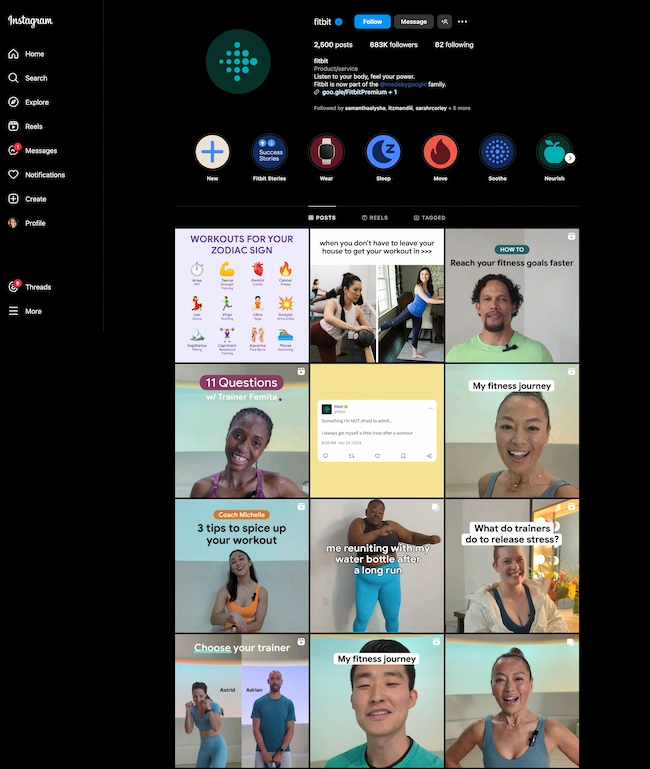
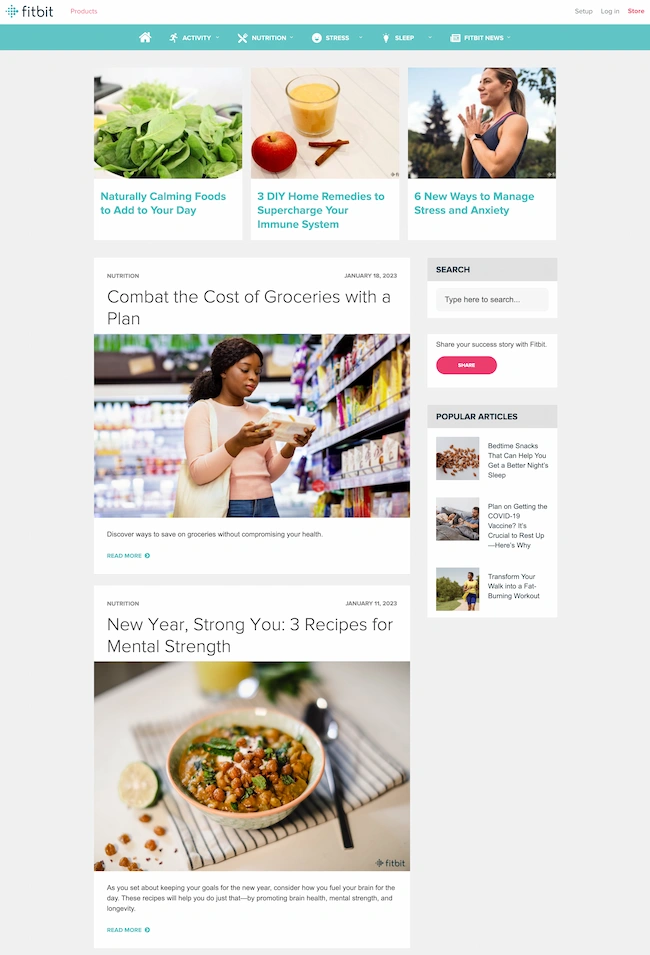

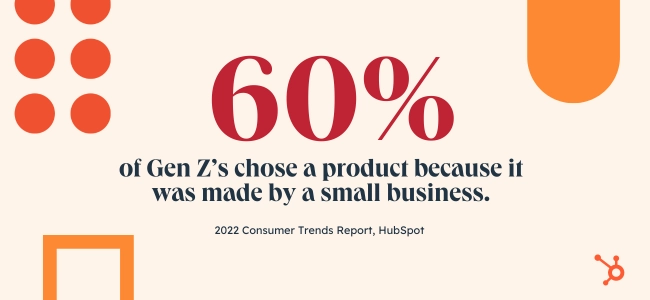


![Download Now: The State of U.S. Consumer Trends [Free Report]](https://i4lead.com/wp-content/uploads/2024/05/ebf9ec8e-a468-455a-943e-80aa4e6be694-1.png)






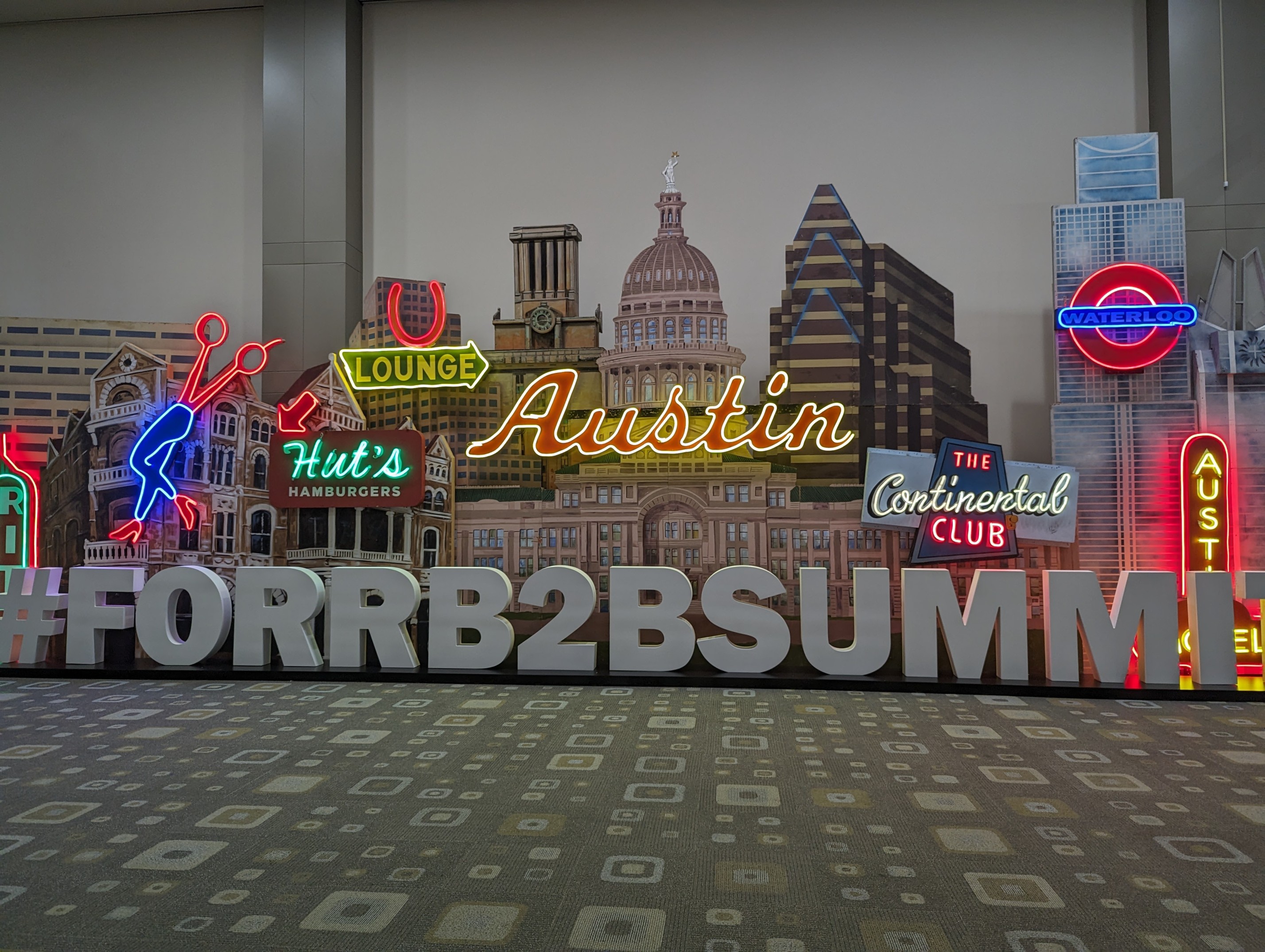


























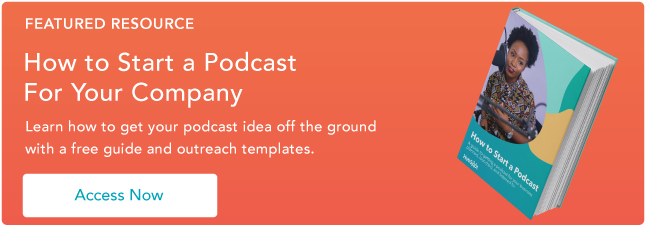
![→ Download Now: 12 Resume Templates [Free Download]](https://i4lead.com/wp-content/uploads/2024/05/4ec95757-585e-40cf-9189-6b3885074e98.png)
